It is a long-term project. Cacao trees take about five years to mature and produce cacao pods in which cocoa beans are housed. The trees grown by Yip and Chan are at the fragile seedling stage. For now, protecting them from flooding, typhoons and snails is a priority.

They are not the only ones who are nurturing home-grown cocoa beans.
“I started with 30-40 seedlings but only three to four grew,” Liu says. “I produced pods last year but the seeds were too small to make chocolate.”
Each pod produces about 35-50 seeds. On average, it takes about 400 to 600 seeds to produce 1kg (2.2lbs) of chocolate.
“In the beginning, I wanted to make tree-to-bar chocolate but after years of experimenting I think it’s impossible in Hong Kong,” he says, adding that finding affordable land to grow trees, combined with high labour costs, means the prospect of Hong Kong becoming a commercial cocoa producer is improbable.

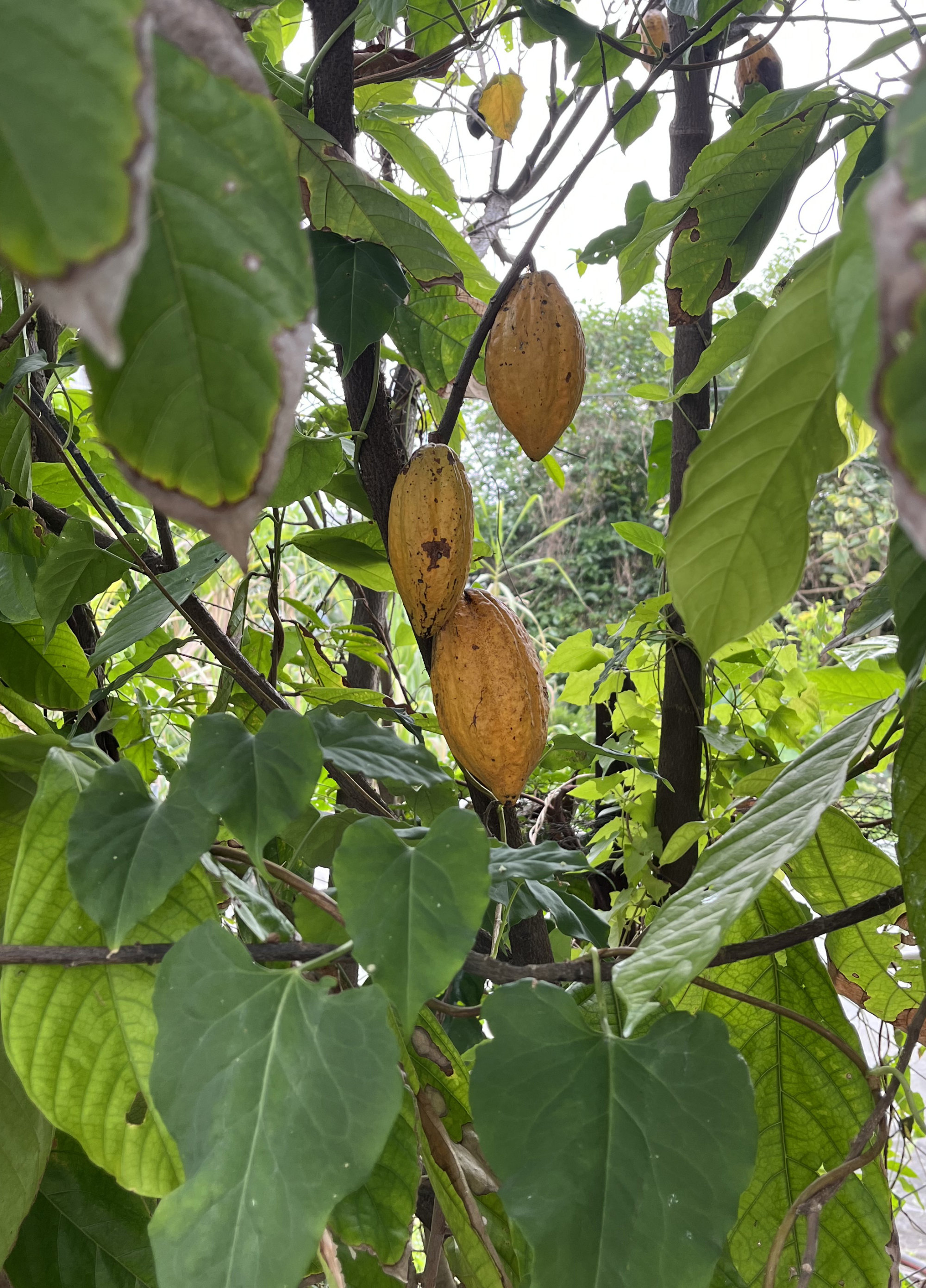
“One retired farmer wanted HK$3,000 [US$380] a month for 100 square feet of abandoned land – that is crazy.”
Cocoa prices surged 136 per cent between July 2022 and February this year, says UNCTAD, while the International Cocoa Organisation expects a global shortfall of about 374,000 tonnes for the 2023-24 season compared with 74,000 tonnes last season.
Cocoa shortages have left a bitter taste for chocolate makers now grappling with higher production costs and supply chain disruptions, with both big and boutique brands globally, including in Hong Kong, struggling to source specific cocoa varieties.
Chan stopped selling one product because he was unable to source a particular bean variety from Central America, while Liu no longer sources beans from the Indonesian island of Bali because of rising costs.
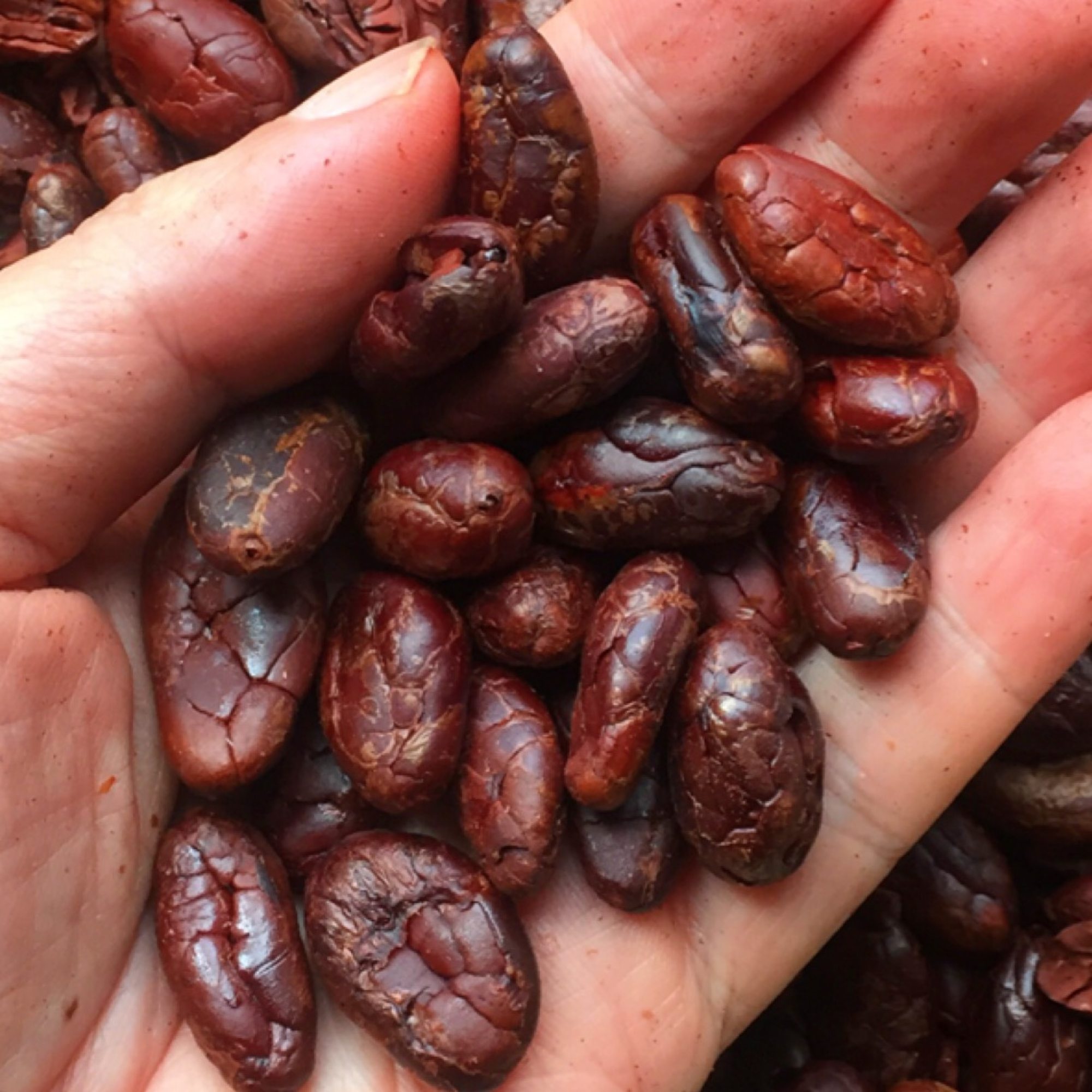
“Cocoa beans from Malaysia, Thailand and Madagascar have also become expensive,” Liu says. “Good beans are often out of stock. It is quite stressful.”
Consumers will also pay the price: a cocoa shortage means higher chocolate prices.
While traditional growing countries such as Ghana, Ivory Coast, Peru and Indonesia are suffering under changing weather, Chan says it is opening the door for places such as Taiwan, mainland China and Thailand to potentially become major players.
“The changing climate is creating conditions in these regions that make it possible to grow better-quality cacao.”
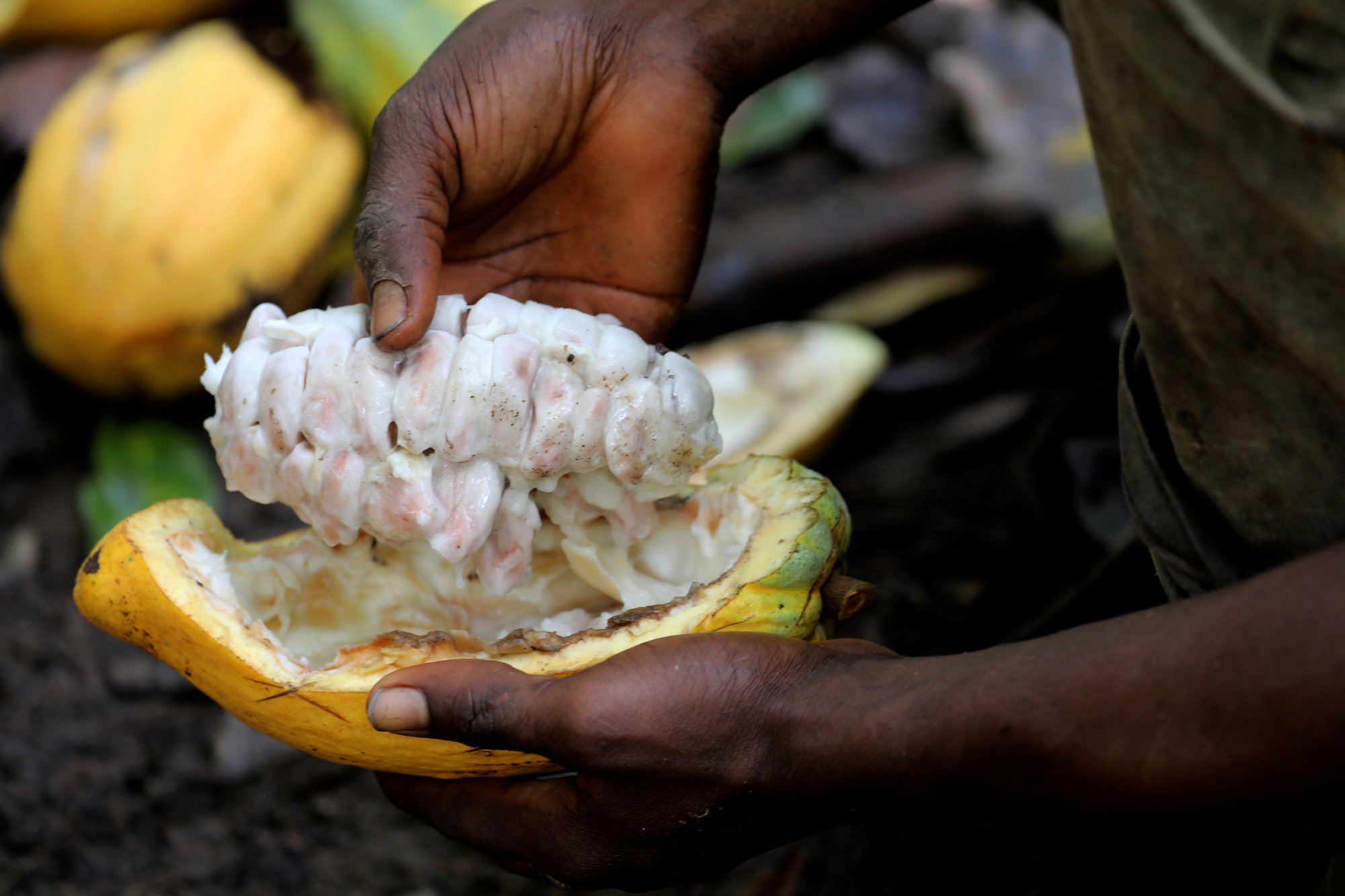
Katie Chan Ka-yan, founder of The Chocolate Club Hong Kong, a fine chocolate import and service company, says a lack of origin diversification is also problematic.
“World cocoa production is concentrated in Ivory Coast and Ghana, which means the industry and makers depend heavily on the crops in these countries,” she says, adding it is worrying that small chocolate makers might close as a result of the cocoa crisis.
“The cocoa deficit and higher prices are affecting the industry tremendously, especially for craft chocolate makers, as it increases the costs of making chocolate.
“There is little room for retail price increases at a time when consumers are more careful with their spending. It is worrying that small makers might go out of business.”
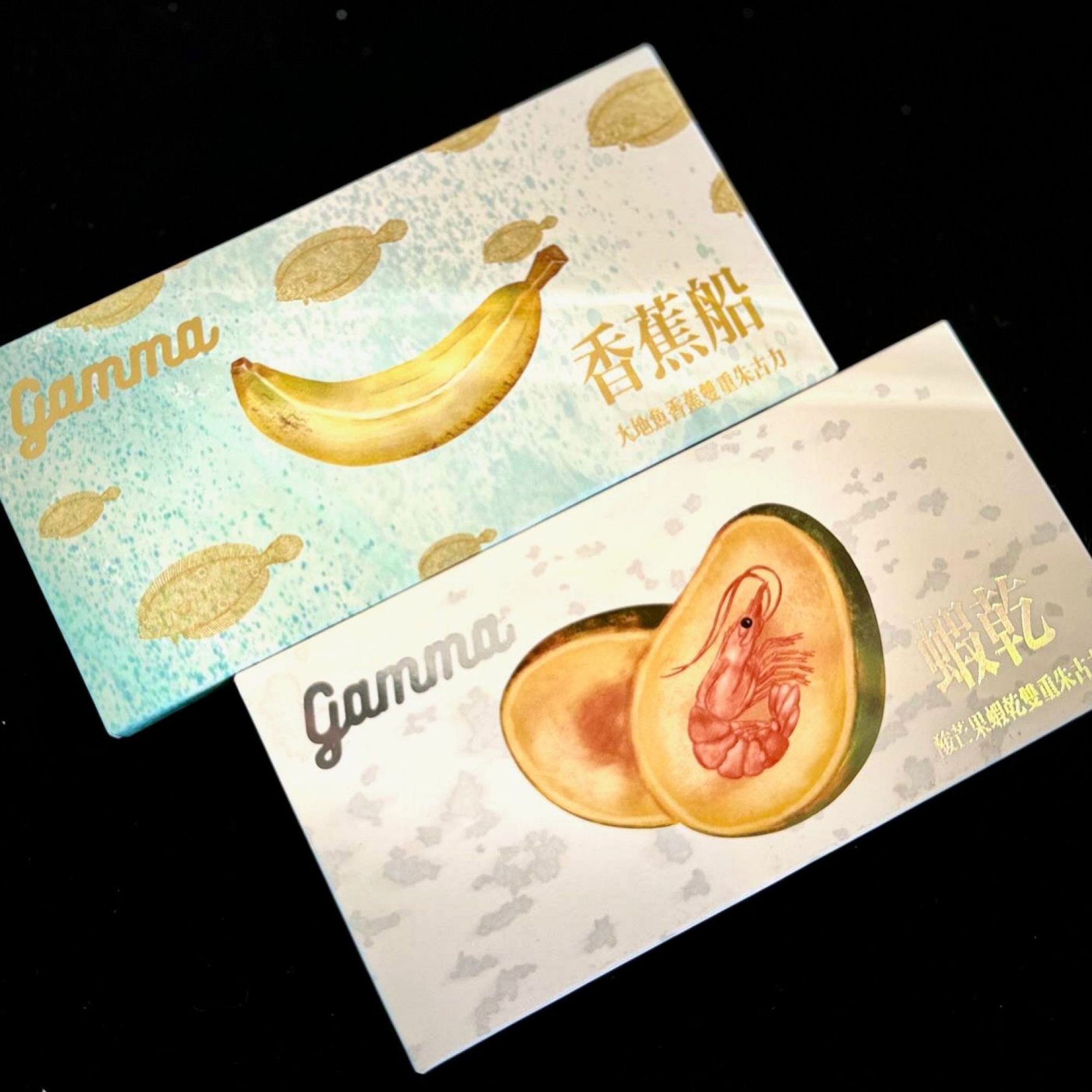
Yip and Gavin Chan – who embraced bean-to-bar, an artisanal movement that makes chocolate from scratch with a focus on small production, quality ingredients and transparency – set up Gamma to give chocolate lovers in Hong Kong an alternative to commercial brands.
Educating consumers in Hong Kong about how chocolate is made and where raw ingredients are sourced is also part of their plan, Gavin Chan says.
“One reason for setting up the farm is that we want people to visit and see the trees and learn more about how chocolate is made.”
Flavour innovation is also important, Gavin Chan says. Gamma embraces local flavours, including in its bar containing sea salt from Sai Kung, in Hong Kong’s New Territories, combined with Chinese Hua Diao wine typically used for marinating meat.
“The idea was to make a savoury bar, an umami bar, by combining saltiness with sweetness. It is not very fishy but you can taste the saltiness from the sea,” he says.
Chocobien Chocolate, meanwhile, makes a plain chocolate bar with fresh lobster.
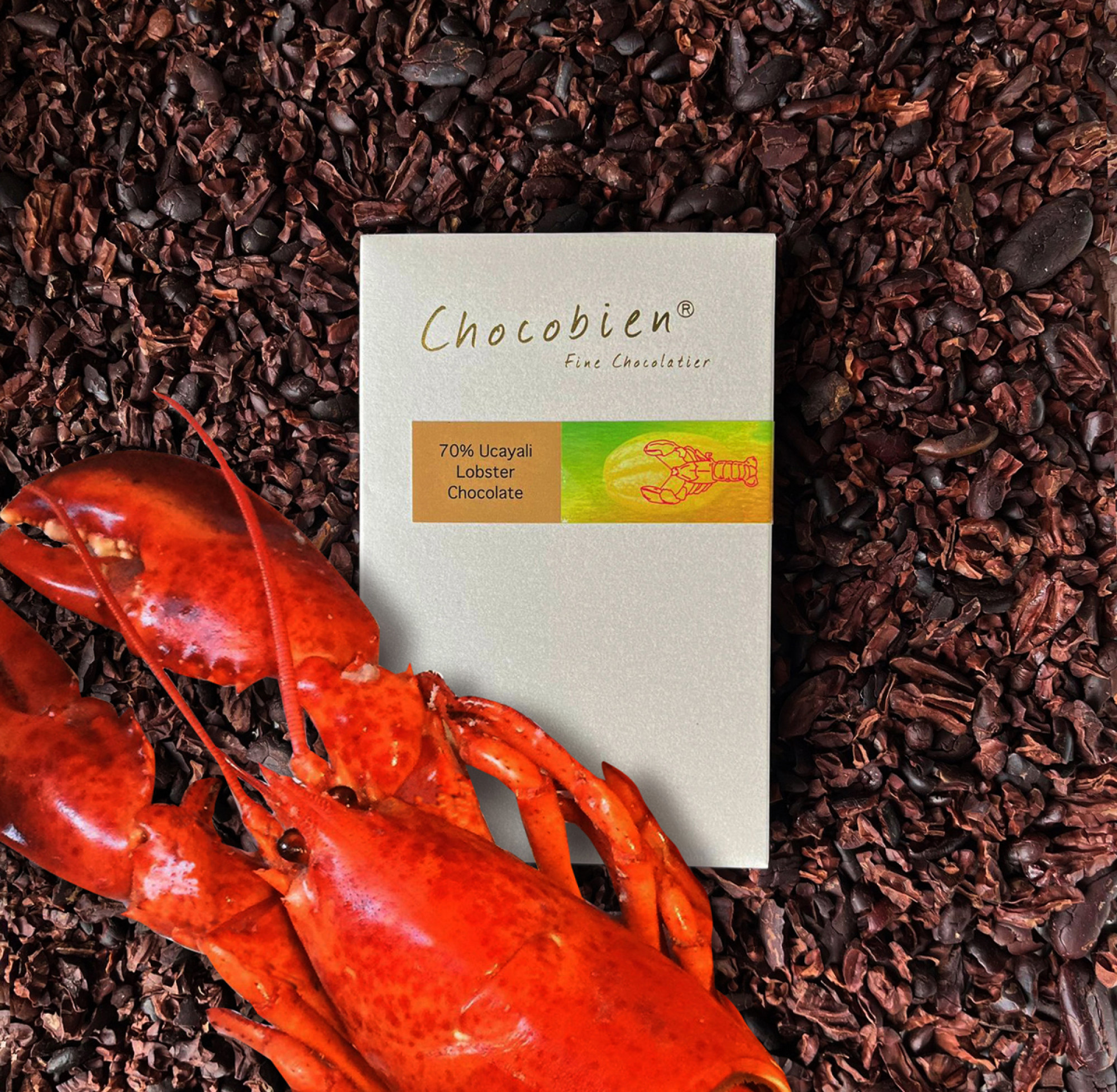
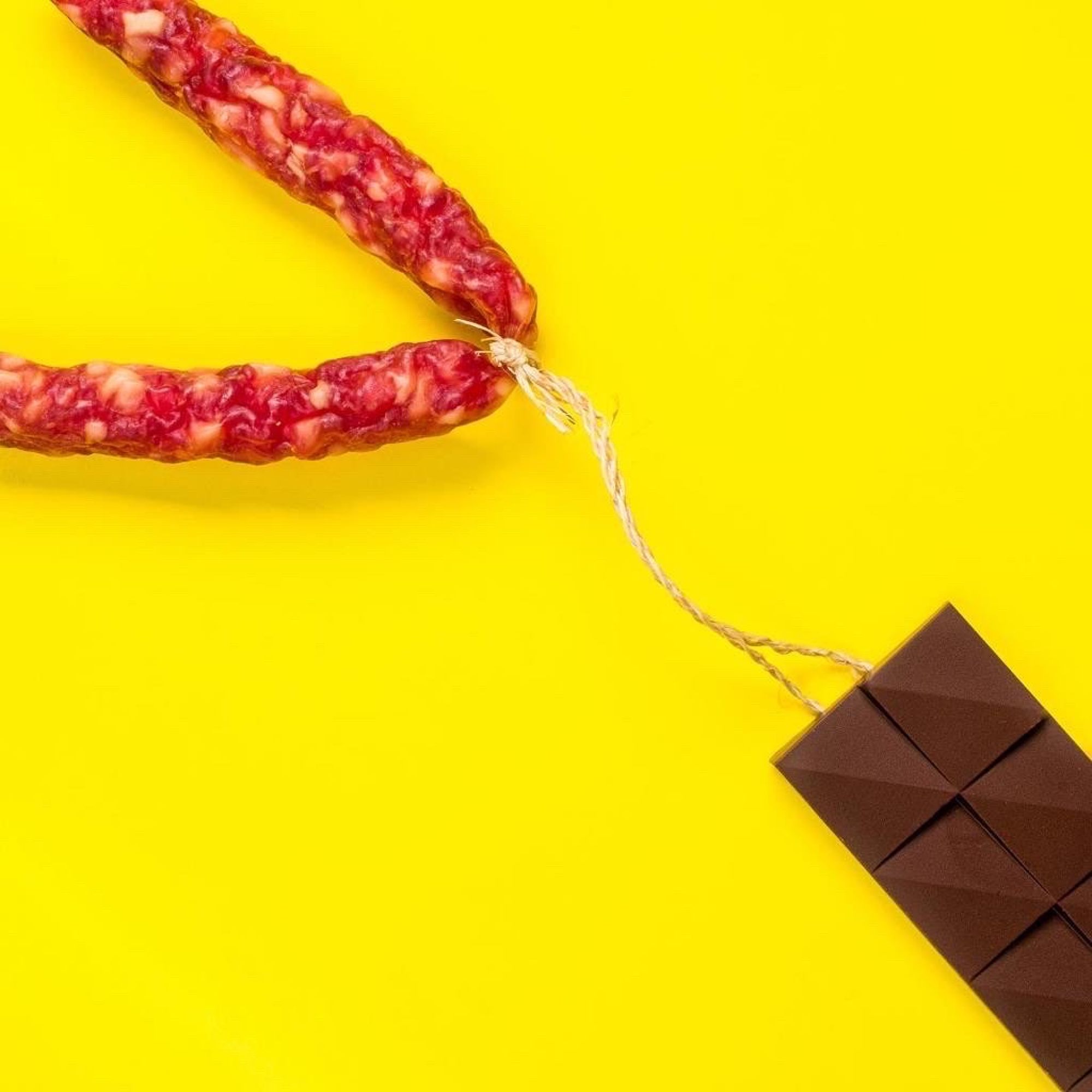
Hong Kong bean-to-bar brand Slok Chocolate is known for wacky flavours such as its award-winning blend of Chinese rose wine and duck liver sausage.
“We also have a white chocolate with fermented bean curd that includes freeze-dried strawberry,” says Slok’s founder Yung Sze-lok, who wrote for a lifestyle magazine before switching to chocolate making. It paid off. “First you taste the savoury note, then the fruitiness of the strawberry, ending with a little spicy.”
Slok has won numerous awards, including two at the 2024 International Chocolate Awards’ Asia-Pacific Bean-To-Bar Competition, held on July 1, which saw chocolate makers from Hong Kong, Thailand, Taiwan, Japan, Malaysia and the Philippines gather at design and events hub PMQ, in Hong Kong’s Central neighbourhood.
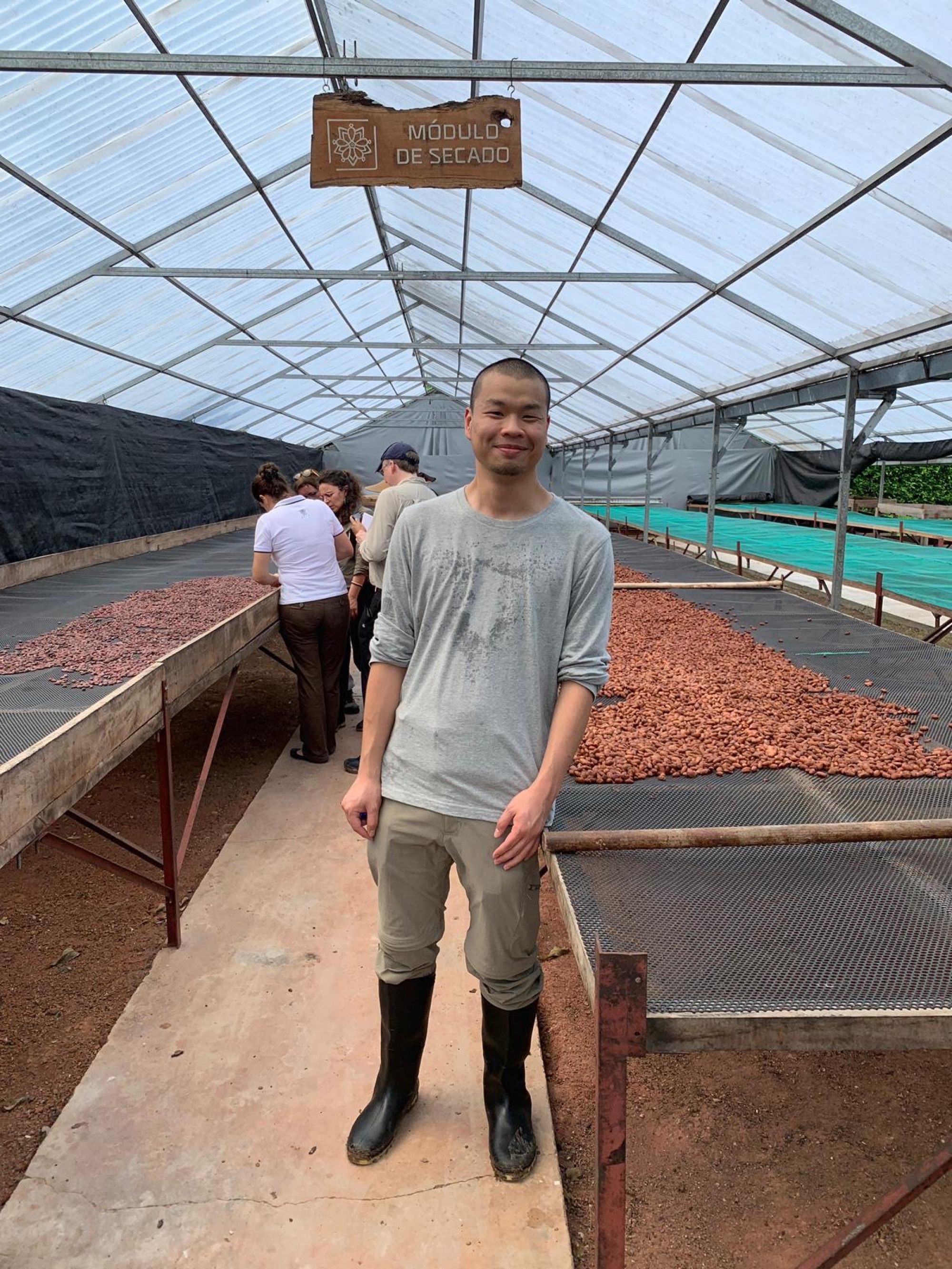
“We received two bronze awards for the micro-batch plain and the origin plain chocolate bars,” Yung says.
Celebrating, however, is not high on the agenda right now: he is more concerned about the hike in cacao bean prices.
“It affects our market because for speciality cacao, some get more expensive. The price of cocoa butter is also rising,” he says, referring to the yellowish edible fat extracted from beans that gives chocolate its gloss.
Fair labour practices and cultivating strong relationships with farmers to ensure quality and traceability – traits of the bean-to-bar sector – is vital, Yung adds. In the past, the cocoa-production sector in West Africa has come under fire for child exploitation.
“We need to know the traceability of cacao so we have information about the farm, such as varieties and fermentation of the harvest but most important, to make sure farmers are fairly paid and fair labour practices are being followed.”
Asked if it was feasible for Hong Kong to become a cocoa producer, Yung echoed Liu: “It is difficult to have cacao trees in Hong Kong because land and labour costs are really high.”
As the industry rides the storm, sustainability is as crucial as ever. Katie Chan says a growing trend is the use of cacao fruit juice/pulp as a sugar alternative.
“This replaces sugar with cacao fruit juice, which is fruity and tangy and less sweet,” she says, adding that cacao fruit juice, a by-product of cocoa processing, is usually discarded.
These days Katie Chan, who is known as “The Chocolate Lady” and was behind the now-closed Chokohood chocolate shop in Hong Kong’s Tin Hau neighbourhood – is based in London.
She says, however, that her heart remains connected to Hong Kong’s chocolate scene, and that she plans to return to conduct tasting workshops featuring new and interesting chocolates.
“After a decade of promoting craft chocolate, many of us in the industry still face challenges – rising costs, changing preconceptions about how chocolate tastes,” she says.
But flavour always comes first, “no matter how beautiful the packaging and creative the branding”, she adds.
“After all, chocolate brings happiness – and there is no right or wrong. But every change starts with a small step. Why not choose a chocolate that can help sustain the environment, is more ethical, and also tastes better?”







